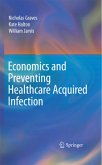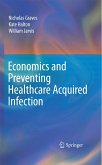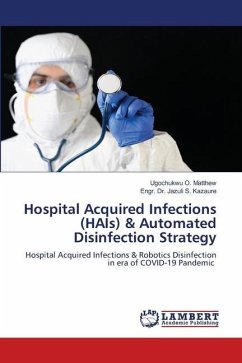The notion that contaminated environments in hospital settings significantly contribute to the risk of an individual acquiring an infection while hospitalized is continuously gaining recognition by the medical community. There is a clear correlation between the environmental bioburden present in a clinical setting and the risk of patients acquiring an infection. Thus using self-disinfecting surfaces can be a very important adjunct in the fight against nosocomial pathogens.
This book reviews the increasing evidence that contaminated non-intrusive soft and hard surfaces located in the clinical surroundings are a source of nosocomial pathogens and focuses on the utility of copper containing materials in reducing bioburden and fighting hospital acquired infections. It also reviews other biocidal surface alternatives and the economics of using biocidal surfaces in a hospital environment. Finally, it discusses the pros and cons of existent disinfection modalities other than biocidal surfaces.
This book reviews the increasing evidence that contaminated non-intrusive soft and hard surfaces located in the clinical surroundings are a source of nosocomial pathogens and focuses on the utility of copper containing materials in reducing bioburden and fighting hospital acquired infections. It also reviews other biocidal surface alternatives and the economics of using biocidal surfaces in a hospital environment. Finally, it discusses the pros and cons of existent disinfection modalities other than biocidal surfaces.
From the book reviews:
"This book focuses primarily on a relatively novel approach to reducing HAIs through the use of biocidal surfaces in healthcare facilities. ... This book may be of interest to infection preventionists, hospital epidemiologists, quality management personnel, or any other members of the healthcare team, including hospital administrators, whose decisions may impact the rate of HAIs." (Farrin A. Manian, Doody's Book Reviews, February, 2015)
"This book focuses primarily on a relatively novel approach to reducing HAIs through the use of biocidal surfaces in healthcare facilities. ... This book may be of interest to infection preventionists, hospital epidemiologists, quality management personnel, or any other members of the healthcare team, including hospital administrators, whose decisions may impact the rate of HAIs." (Farrin A. Manian, Doody's Book Reviews, February, 2015)








